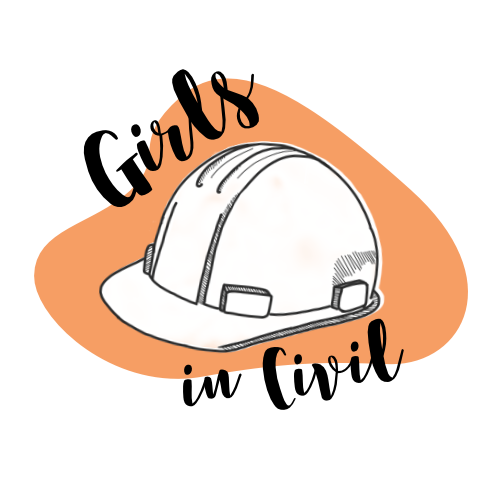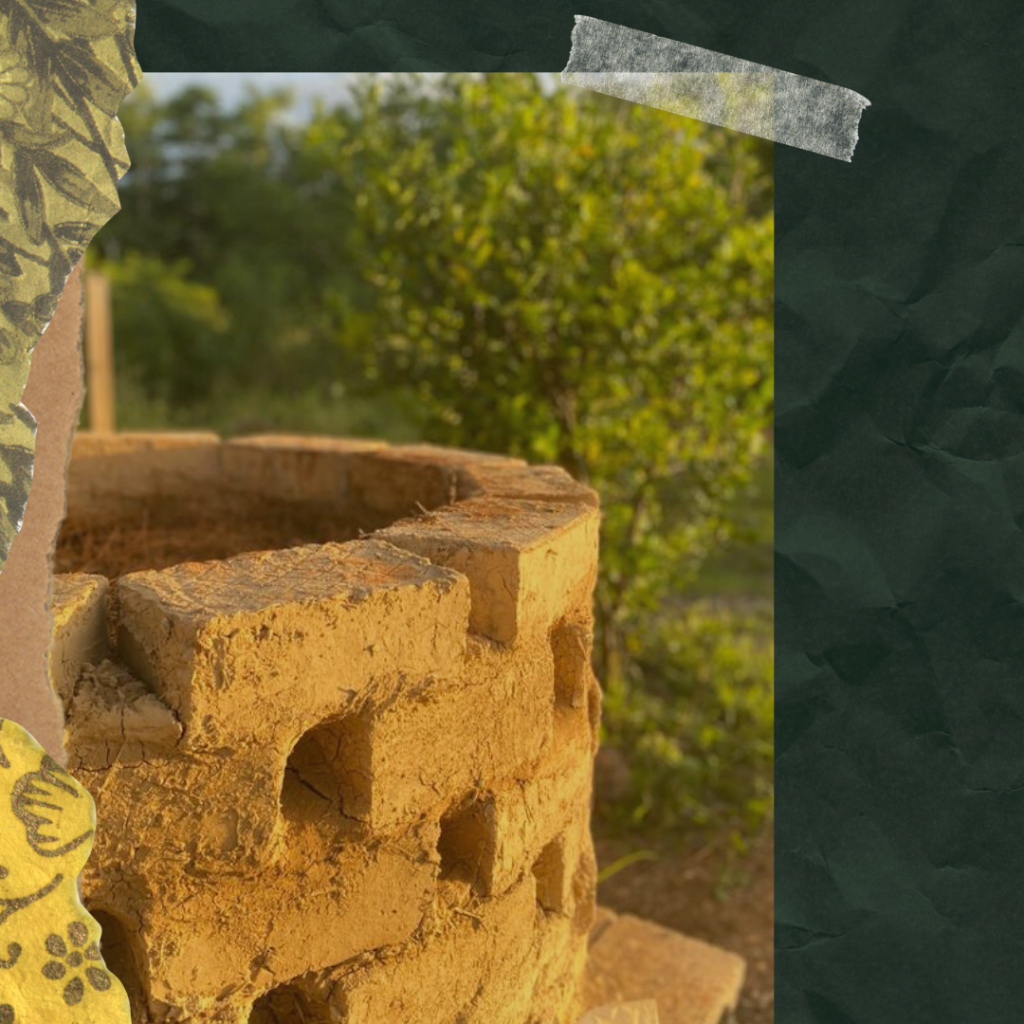Alternative Building Materials.
Meet Laura!
There are many alternative ways we can use soils. On our page, we share a few of the ways soils have been used for the creation of different products. One of the ways mentioned how soil material is a crucial component in the mining and construction industries. Soil functions as a foundation for most construction projects. It can also be used as building materials such as adobe and red bricks.
Discussing more in-depth about soils as an alternative building material, we introduce a Civil Engineering student from the University of Puerto Rico at Mayaguez. Meet Laura Sofia Garcia Canto! I’ve known Laura for almost two years, but it’s this year that I could fully get the opportunity to talk to her and see what she’s like. What stands out most about Laura is her ongoing motivation to keep learning and keep teaching others about different environmental issues that are not commonly spoken of in the construction world.
““While most in the field of civil engineering strive to work in large commercial projects, the reality is that the building industry must make an extreme effort to adapt itself to the realities of depleting resources and a worsening climate crisis (the industry roughly accounts for 40% of total gas emissions). So as the future of the civil engineering profession, we must begin to shift our goals and perspectives to prioritize environmental and human wellbeing when designing infrastructure.” ”
What is the project about?
NocMat Learning Initiative is a project that aims to raise awareness about the possibilities of natural and alternative building materials. These materials can serve as resilient and sustainable alternatives to commercial materials like concrete, whose production and handling are extremely toxic and greatly contributes to worsening the climate crisis.
“I have been interested in alternative building materials ever since the aftermath of Hurricane María. During this time, I was working with a grassroots organization delivering supplies to rural communities. There was a clear need for reconstruction, but people did not have the money to build conventional materials like concrete. So, I sought training in bio-construction methods and began researching earthen construction since earth is an inexpensive material accessible to most.”
“Through this project I hope to prompt participants to question the materials and methods that are currently being used in the industry; how we can make them better and have them actively contribute to the wellbeing of their environments.”
-Laura S.
How did the project start?
“The project (abstractly) began after speaking with my research mentor about the necessity of getting more students interested in the topic of sustainable materials. However, it began to take actual shape after leading a series of workshops as part of the INGE5996 class: Design and Practice for Community Resilience. Following these experiences, I saw an opportunity to help create diverse learning experiences for students.”
What has been the most fun about working with the project?
“I’m super obsessed with earth, so for me, the funnest part has been sharing the experience of earthen construction with others. I get a very warm feeling watching people interact with the earth and seeing them develop an intuitive understanding of the material; seeing the creativity and emotion that emerges throughout the process is an incredible experience.”
What has been the most challenging?
“One of the hardest parts of the project has been tackling the prejudice associated with materials outside the conventional scope. Frequently, the materials (and I, myself) are underestimated and faced with condescension about their capacity, to which I answer:
“And that is precisely WHY we need more people studying these materials!”. “
Thanks to Laura for sharing her project with us! For more information check out the project’s Instagram page (@nocmat.learning.pr).






